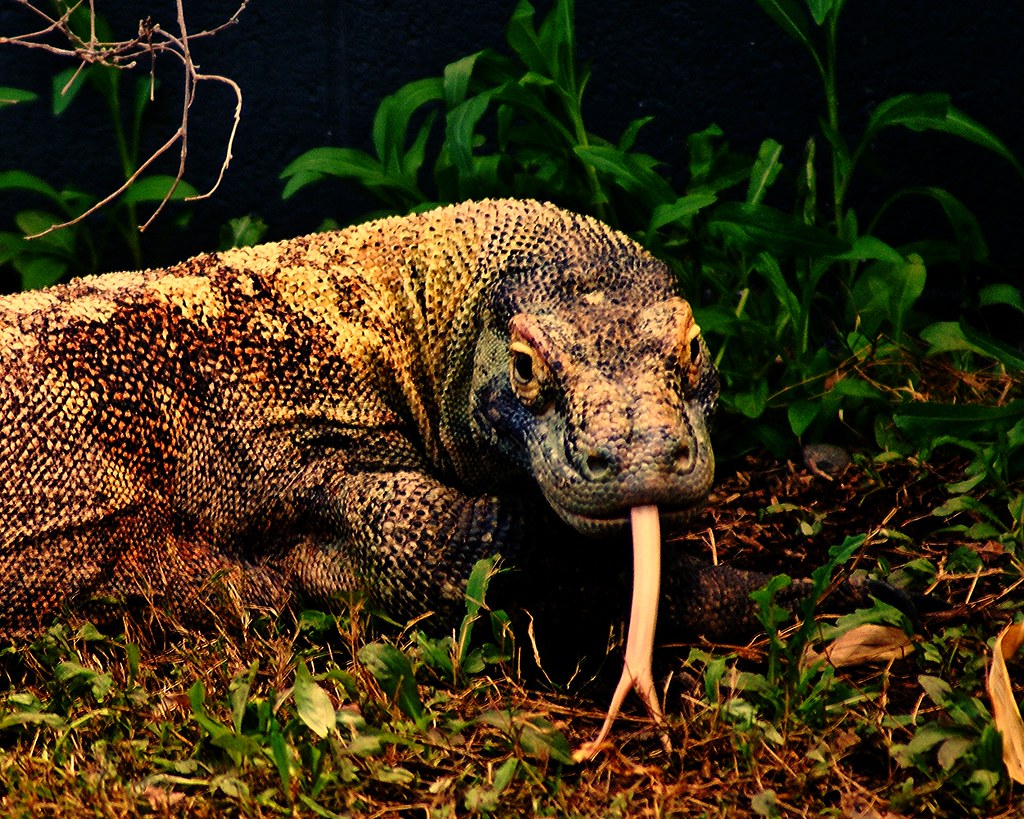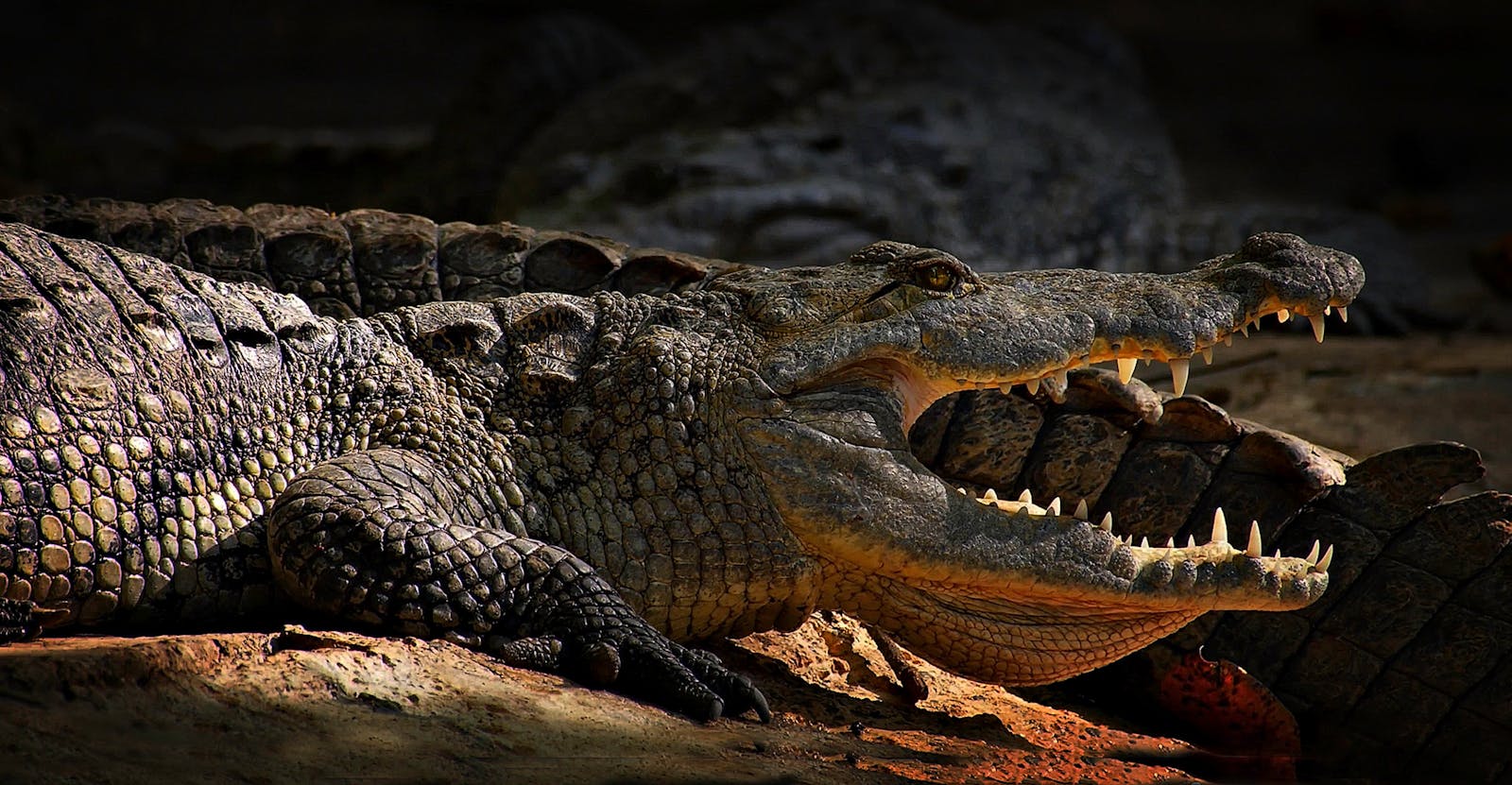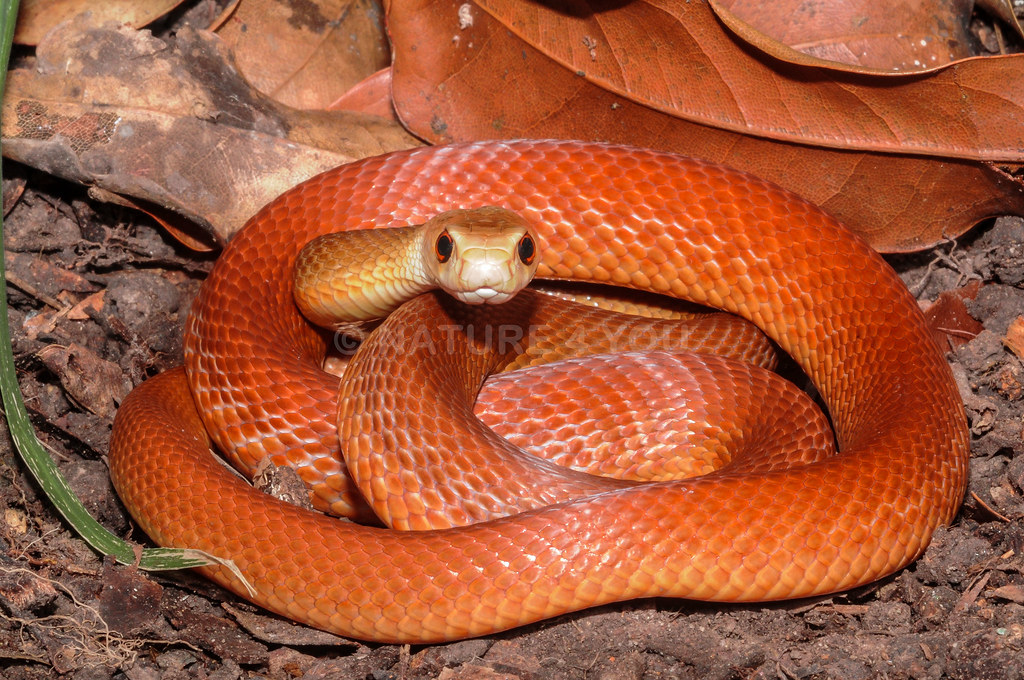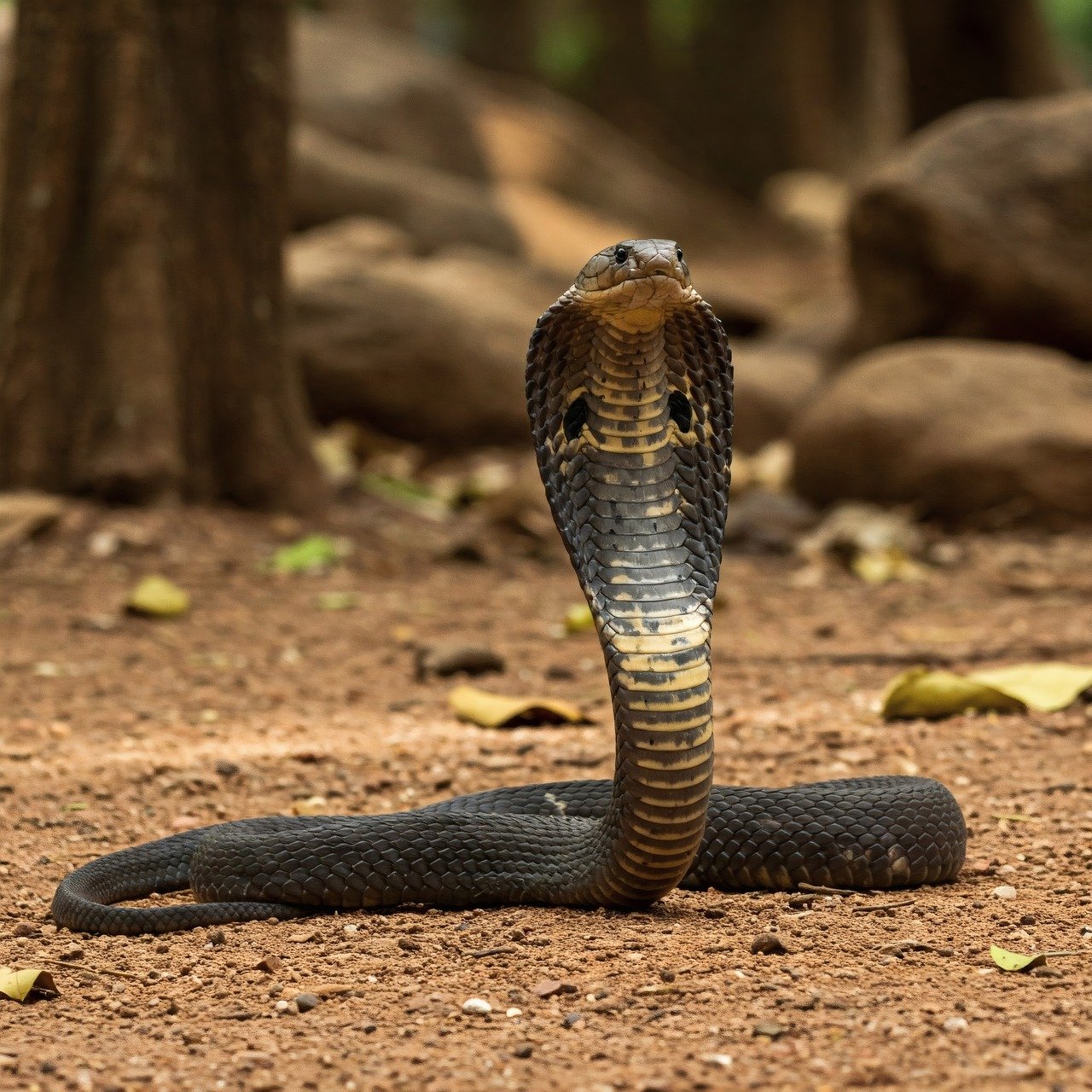In the vast realm of reptiles, lizards are often associated with agility, camouflage, and fascinating adaptations. However, a select few species harbor a deadly secret – venom. Unlike the widespread venomous snakes, poisonous lizards are remarkably rare in the animal kingdom, with only a handful of species possessing true venom-delivery systems. These exceptional creatures have evolved toxic compounds as both defensive mechanisms and hunting tools, making them some of nature’s most intriguing predators. While relatively few in number, venomous lizards command respect from both wildlife enthusiasts and the scientific community alike, representing unique evolutionary paths and specialized adaptations that set them apart from their non-venomous relatives. This exploration delves into the world of these rare but lethal reptiles, examining their biology, behavior, and the powerful toxins that make them truly formidable.
Gila Monster: North America’s Venomous Icon

The Gila monster (Heloderma suspectum) stands as one of only two truly venomous lizard species native to North America, found primarily in the southwestern United States and northwestern Mexico. With its distinctive black body adorned with pink, orange, or yellow beaded scales, this prehistoric-looking reptile can grow up to 2 feet in length and weigh over 5 pounds. Unlike most venomous creatures that inject venom through fangs, the Gila monster delivers its toxin through grooved teeth in its lower jaw, using a chewing motion that allows venom from specialized glands to flow into wounds. The Gila monster’s venom is a complex cocktail of proteins that affects the nervous system, causing intense pain, swelling, weakness, and dropping blood pressure in victims – though fatalities are extremely rare due to the lizard’s slow-moving nature and reluctance to bite humans without provocation.
Mexican Beaded Lizard: The Gila’s Venomous Cousin
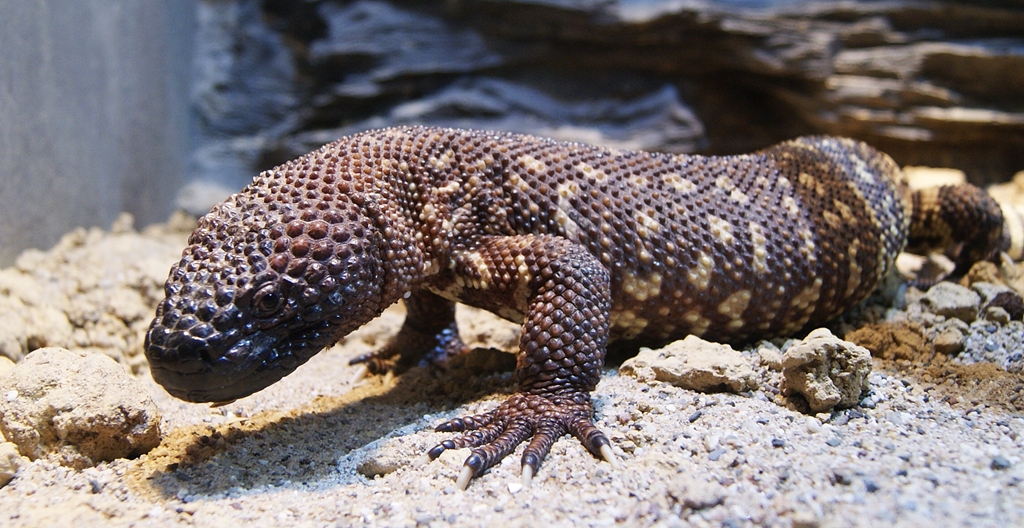
The Mexican beaded lizard (Heloderma horridum) is the second confirmed venomous lizard species and the Gila monster’s closest relative, belonging to the same Helodermatidae family. Slightly larger than its northern cousin, it can reach lengths of up to 3 feet and is characterized by its dark black or brown body covered with distinctive yellow or whitish beaded scales arranged in a striking pattern. Native to western Mexico, these lizards inhabit tropical deciduous forests and thorn scrub habitats where they lead primarily nocturnal lives. Their venom delivery system mirrors that of the Gila monster, with grooved teeth in the lower jaw that channel toxins from specialized venom glands. The Mexican beaded lizard’s venom contains similar compounds to the Gila monster’s, producing comparable symptoms in victims, though its bite is considered potentially more dangerous due to its larger size and stronger jaw pressure.
Komodo Dragon: The Controversial Venom Debate
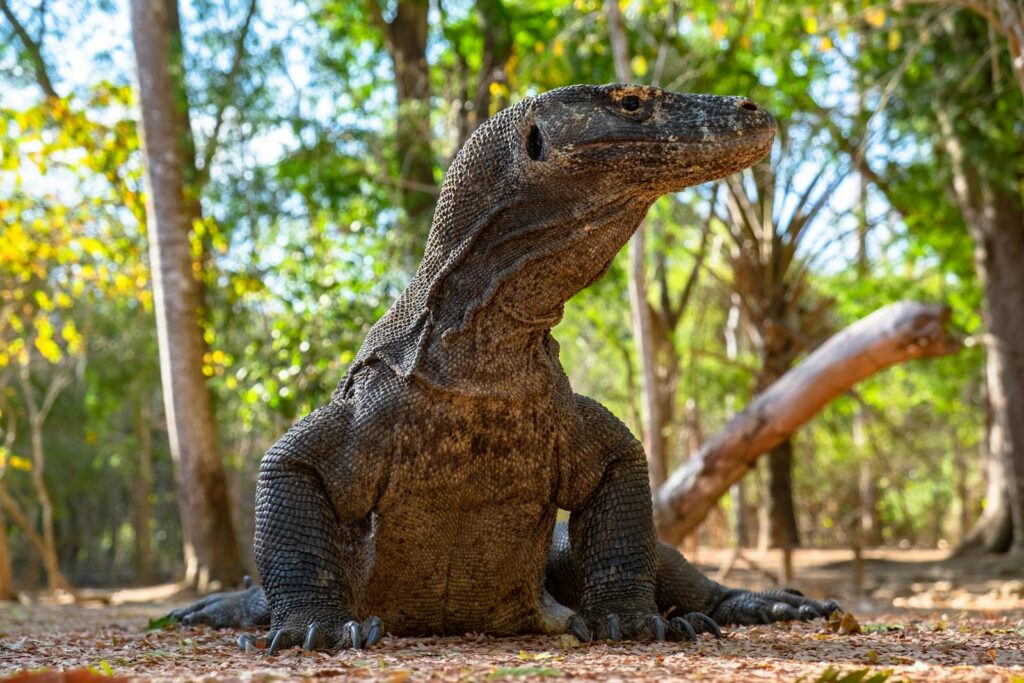
The Komodo dragon (Varanus komodoensis), the world’s largest lizard species, has been the subject of scientific controversy regarding its venomous capabilities. For decades, researchers believed that the deadly nature of Komodo dragon bites came exclusively from bacteria in their mouths, but groundbreaking research in 2009 revealed that these massive reptiles actually possess venom glands. Unlike the helodermatids, Komodo dragons have a different venom delivery system, with toxins secreted from glands in their lower jaws that flow into wounds created by their serrated teeth. Their venom contains compounds that prevent blood clotting, cause muscle paralysis, and induce shock, effectively immobilizing prey while drastically lowering blood pressure. These ten-foot, 300-pound predators combine their venomous bite with incredible strength, sharp claws, and powerful tails, making them the apex predators of their Indonesian island habitats and one of the most formidable reptiles on Earth.
Monitor Lizards: Emerging Evidence of Toxicity
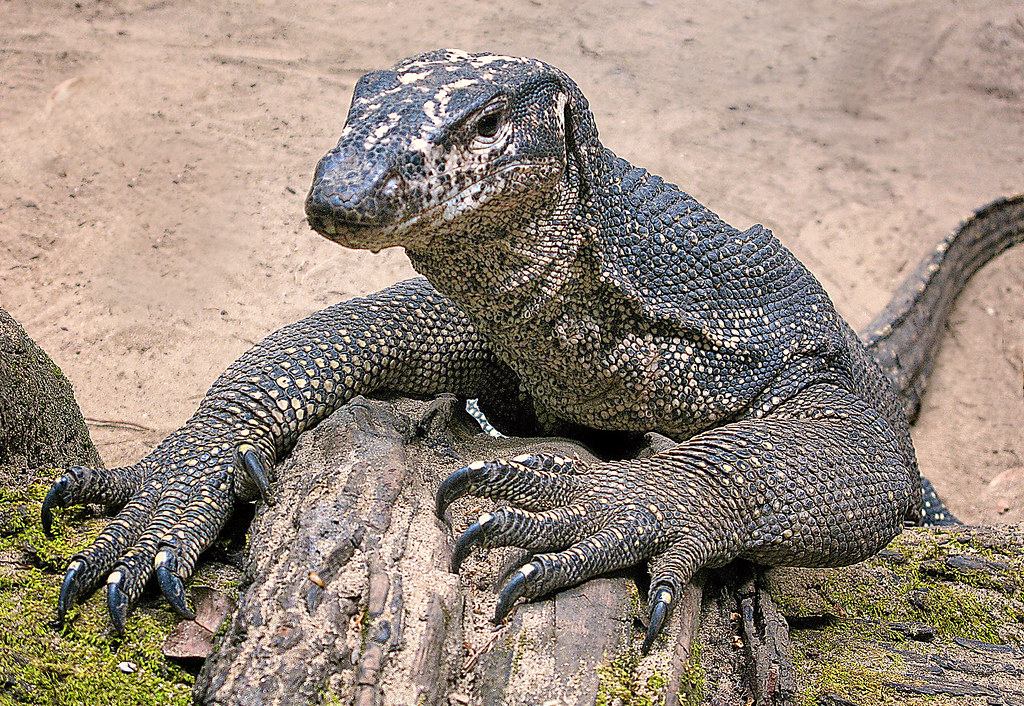
Recent scientific discoveries have expanded our understanding of venomous lizards, suggesting that many monitor lizard species (Varanus genus) beyond the Komodo dragon may possess venom-producing capabilities. Studies have identified venom glands in species such as the lace monitor (Varanus varius) and the Nile monitor (Varanus niloticus), indicating that venom production might be widespread across this diverse genus that includes over 80 species. The venom of these monitors appears to share similarities with that of the Komodo dragon, containing toxins that prevent blood clotting and induce muscle relaxation. While typically less potent than their massive Komodo relative, these monitors’ bites can still cause significant reactions in humans, including intense pain, swelling, and prolonged bleeding. This emerging research challenges long-held assumptions about the rarity of venom among lizards and suggests that the evolution of venom systems in reptiles may be more common than previously thought.
Iguanas: Unexpected Toxic Properties
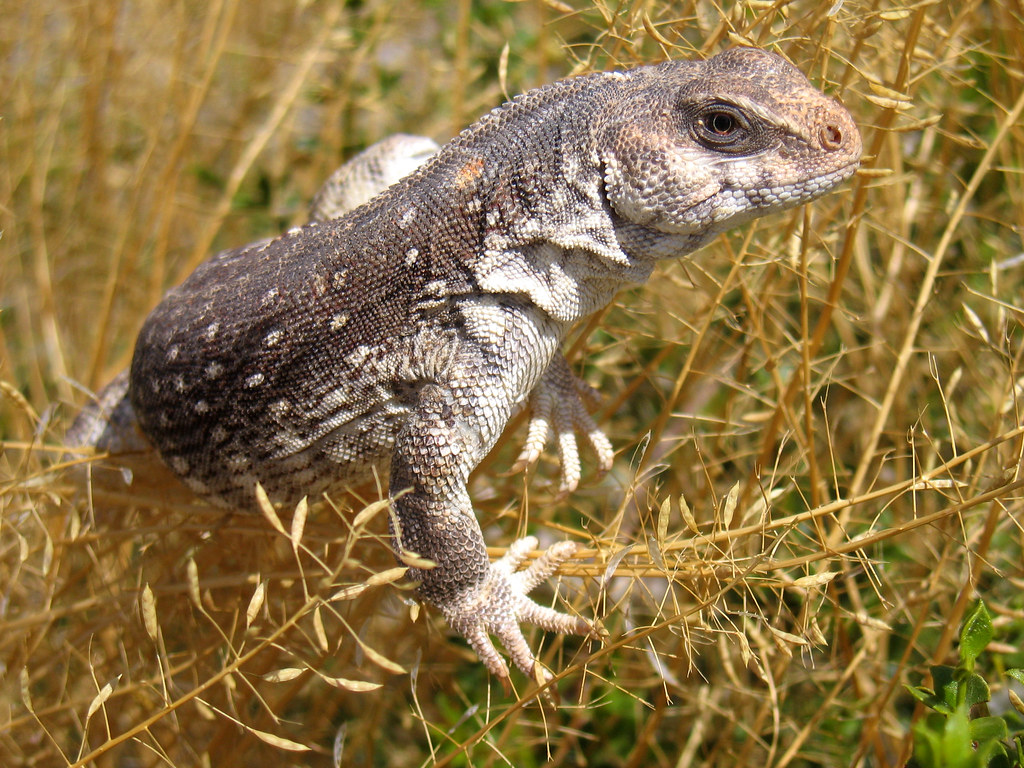
While not traditionally classified as venomous, certain iguana species possess toxic properties that warrant inclusion in discussions of potentially dangerous lizards. The green iguana (Iguana iguana) and desert iguana (Dipsosaurus dorsalis) have been documented to harbor bacteria in their mouths that can cause serious infections when transmitted through bites. More significantly, research has shown that some iguanas have specialized glands that secrete protein compounds similar to those found in mild venom cocktails. These secretions, while not delivered through specialized injection systems like true venomous species, can enter wounds and cause localized reactions such as pain and swelling. The common practice of keeping these reptiles as pets sometimes leads to complacency regarding their bite potential, but veterinarians regularly treat infections resulting from iguana bites that turn serious due to these toxic properties.
Venomous Adaptations: Evolution of Lizard Toxins

The evolution of venom in lizards represents a fascinating chapter in evolutionary biology, especially considering its rarity among the approximately 6,000 lizard species worldwide. Scientific evidence suggests that the venom systems in Helodermatids (Gila monsters and Mexican beaded lizards) evolved independently from those in monitor lizards, representing a remarkable case of convergent evolution. Molecular studies indicate that lizard venoms evolved from modified salivary proteins that were repurposed for predation and defense over millions of years. The composition of these venoms is equally fascinating – Helodermatid venom contains compounds like gilatoxin and helodermin that affect neurotransmission and blood pressure, while monitor lizard venom includes anticoagulants and hypotensive compounds. These adaptations appear to serve dual purposes: aiding in prey acquisition by immobilizing victims and serving as defensive mechanisms against potential predators, highlighting the complex evolutionary pressures that shaped these unique reptiles.
The Venom Delivery Systems: How Poisonous Lizards Strike
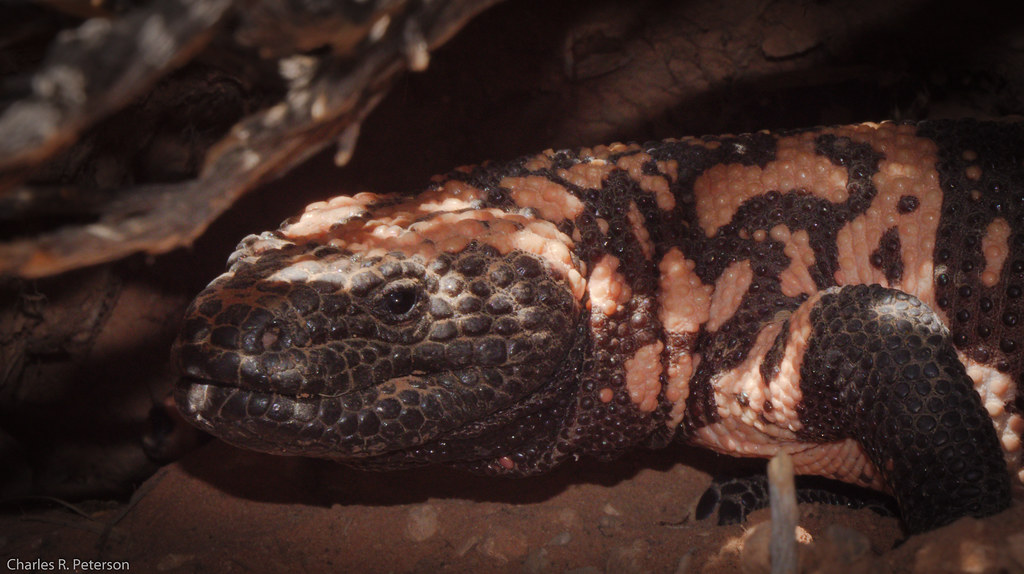
The venom delivery systems of poisonous lizards differ significantly from the hollow-fanged mechanism commonly seen in venomous snakes, representing unique evolutionary adaptations. Helodermatids (Gila monsters and Mexican beaded lizards) possess venom glands in their lower jaws that connect to grooved teeth, rather than hollow fangs. When these lizards bite, they typically hold on and chew, allowing venom to flow along the grooves into the wound – a markedly different approach from the strike-and-release strategy of most venomous snakes. Monitor lizards, including Komodo dragons, have a different system altogether, with venom glands situated between their teeth that secrete toxins directly into bite wounds. This difference in delivery mechanisms affects both hunting strategies and the risk they pose to humans – helodermatids must maintain their grip to deliver significant venom, making their bites both painful and prolonged. The specialized dentition of these venomous lizards, featuring serrated or grooved teeth, further enhances their ability to create wounds that effectively receive venom, demonstrating the sophisticated integration of multiple adaptations working in concert.
Medical Significance: Treatment for Venomous Lizard Bites
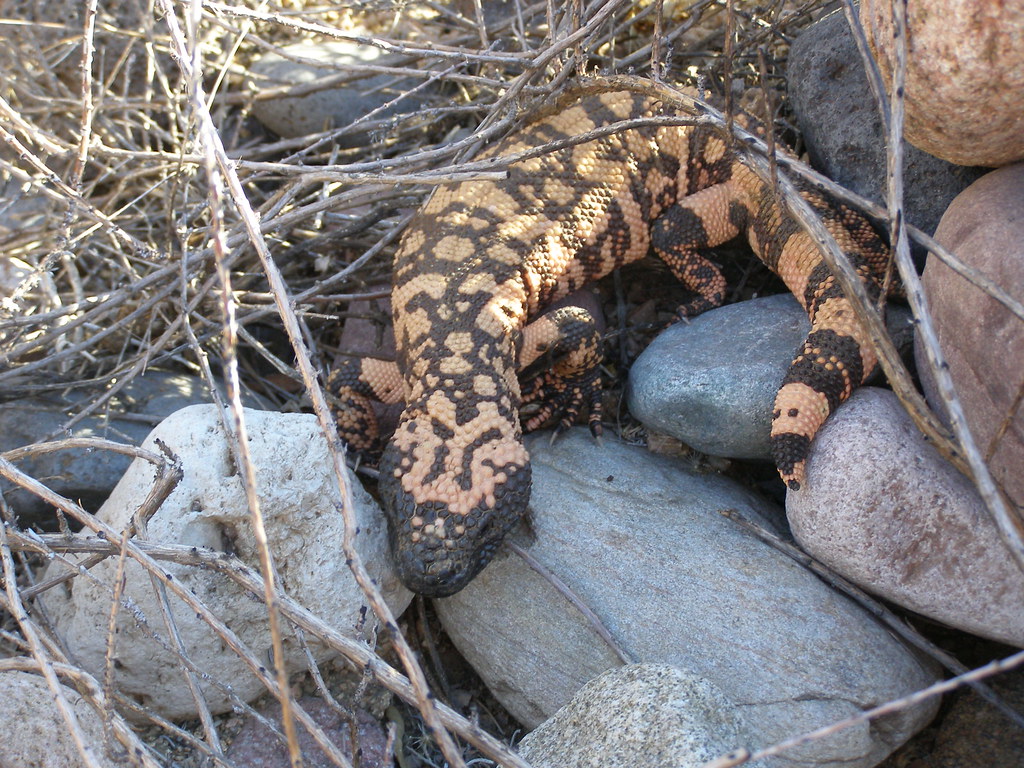
Despite their potent venom, fatalities from venomous lizard bites remain extremely rare, though proper medical treatment is essential for anyone unfortunate enough to be bitten. Unlike many venomous snake species, there are no commercially available antivenoms specifically designed for lizard bites, making treatment largely supportive and symptomatic. Medical professionals typically focus on managing pain with analgesics, controlling swelling with cold compresses, preventing infection with antibiotics, and monitoring vital signs for any signs of systemic effects like hypotension or cardiac irregularities. For Gila monster and Mexican beaded lizard bites, removing the lizard can be challenging as they often maintain a tenacious grip – sometimes requiring tools to carefully pry open the jaws without causing further injury to the victim or the protected animal. Komodo dragon attacks are considerably more serious medical emergencies, requiring immediate attention to massive tissue damage, potential venom effects, and bacterial infection, often necessitating extensive surgical debridement and intensive supportive care.
Conservation Status: Protecting Venomous Lizard Species
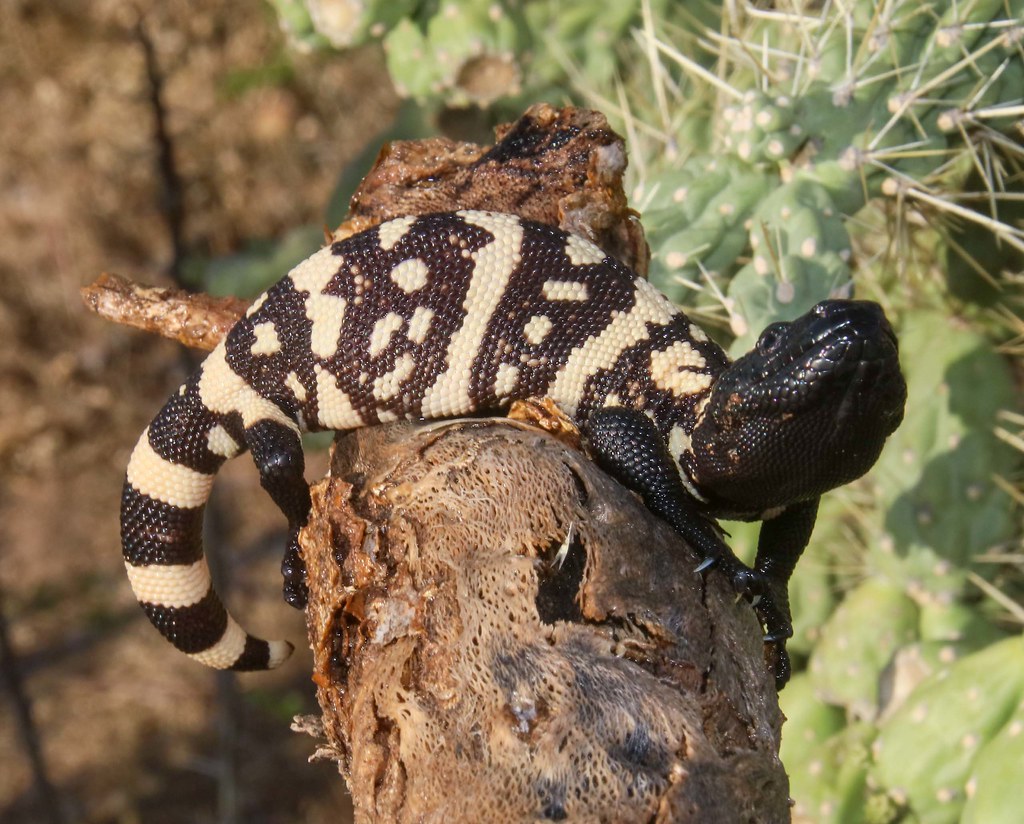
Many of the world’s venomous lizard species face significant conservation challenges, with several listed as vulnerable or threatened on the IUCN Red List. The Gila monster is currently classified as “Near Threatened” due to habitat destruction, road mortality, and illegal collection for the exotic pet trade. The Mexican beaded lizard faces even greater challenges, with some subspecies like the Rio Fuerte beaded lizard (Heloderma horridum exasperatum) listed as “Endangered” due to severe habitat fragmentation and human persecution. The iconic Komodo dragon is classified as “Vulnerable,” with fewer than 6,000 individuals remaining in their restricted island habitats, which are increasingly threatened by human encroachment, climate change, and diminishing prey populations. Conservation efforts for these species include habitat protection initiatives, breeding programs, and strict legal protections – the Gila monster, for instance, is fully protected throughout its range in the United States, with hefty fines and potential imprisonment for those who capture or kill them.
Biomedical Applications: Venom as Medicine
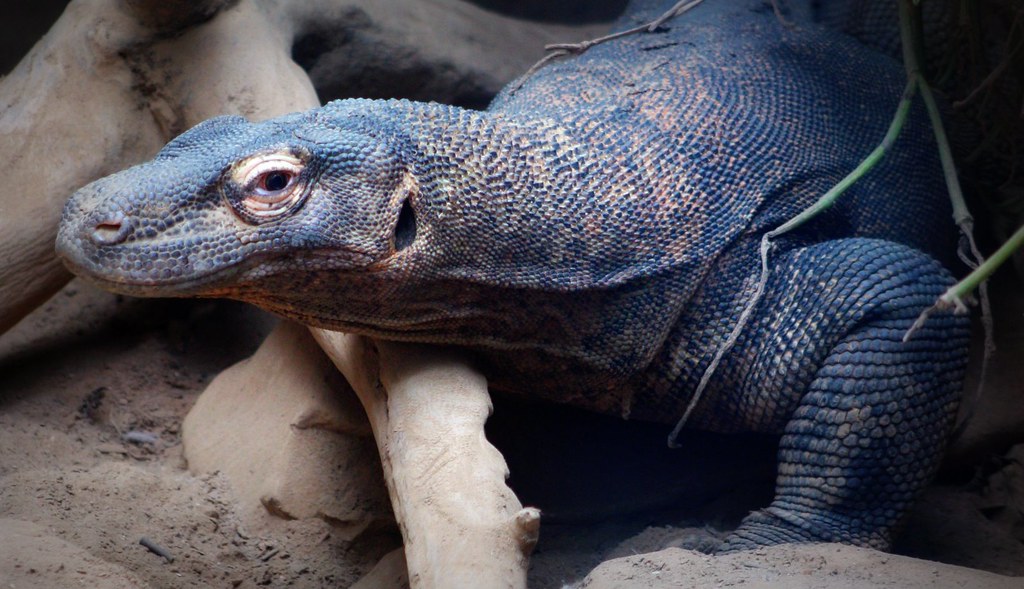
The toxic cocktails produced by venomous lizards have proven to be valuable resources for medical research, leading to several significant pharmaceutical developments. Perhaps the most notable success story is Exenatide (marketed as Byetta), a medication developed from a compound called exendin-4 found in Gila monster venom. This drug revolutionized Type 2 diabetes treatment by mimicking the hormone GLP-1, which stimulates insulin production while suppressing glucagon release, helping millions of patients worldwide manage their condition. Researchers continue to explore other components of lizard venoms for potential applications, including compounds that may have applications in pain management, antimicrobial treatments, and even cancer therapy. The venom of the Komodo dragon has attracted particular interest from scientists studying potential novel antibiotics, as certain peptides in their venom show promise against antibiotic-resistant bacteria. These biomedical applications highlight the paradox that these potentially deadly creatures may hold keys to saving countless human lives, underscoring the importance of their conservation from both ecological and medical perspectives.
Myths and Misconceptions: Separating Fact from Fiction
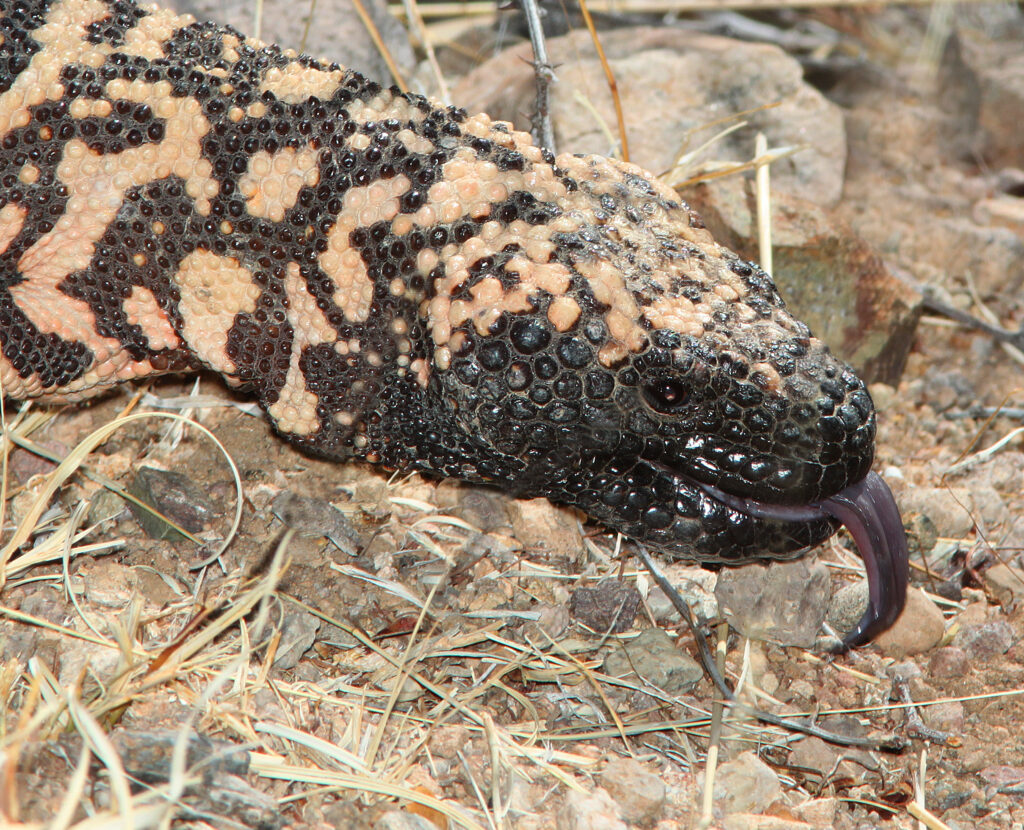
Venomous lizards have been subjects of numerous myths and misconceptions throughout history, often leading to unnecessary fear and persecution. One persistent myth claims that Gila monsters have poisonous breath or that they can spit venom like certain cobra species – both completely false notions, as their venom can only be delivered through a bite. Another common misconception is that all large lizards are venomous, when in reality, the vast majority of lizard species, including popular pets like bearded dragons and leopard geckos, possess no venom whatsoever. The bacterial infection theory about Komodo dragons, which suggested their mouths harbored unique “septic bacteria” that killed prey through infection rather than venom, persisted in scientific literature for decades before being largely debunked by the discovery of their venom glands. Even the terminology creates confusion – these lizards are technically “venomous” (producing toxins delivered through bites) rather than “poisonous” (toxic when consumed), though the distinction is often blurred in common usage.
Encounters in the Wild: Behavior Toward Humans
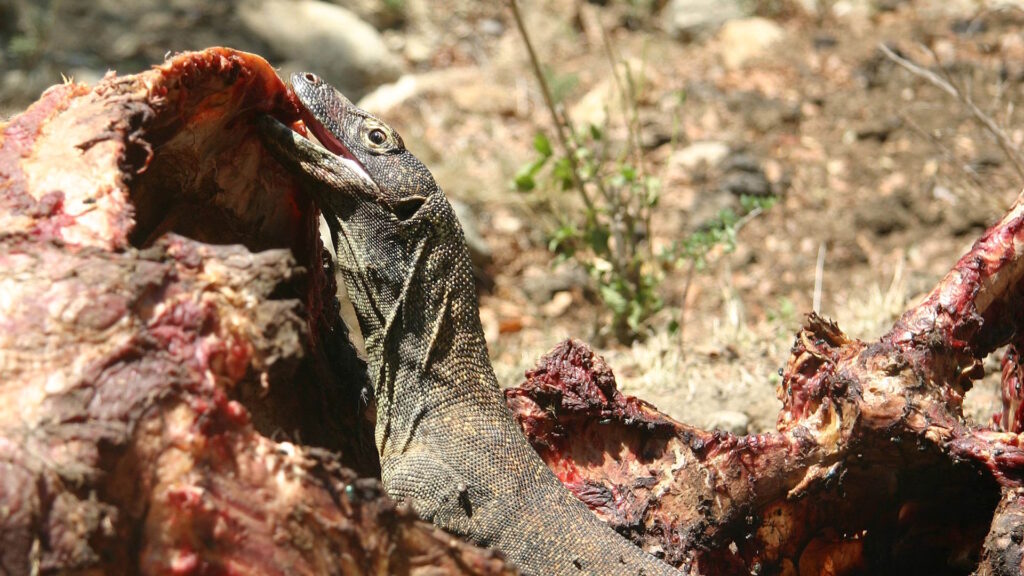
Despite their fearsome reputations, venomous lizards rarely pose significant threats to humans due to their typically shy and reclusive natures. Gila monsters and Mexican beaded lizards are remarkably docile creatures that prefer to avoid confrontation, usually only biting when directly handled, stepped on, or severely provoked. These helodermatids move relatively slowly and spend up to 95% of their time in underground burrows, making chance encounters with humans exceptionally rare even within their native ranges. Komodo dragons, while capable of killing humans, have been responsible for very few fatalities in modern times, with most attacks occurring when humans venture too close to feeding dragons or females guarding nests. When encountering any potentially venomous lizard in the wild, experts recommend maintaining a respectful distance, never attempting to handle them, and slowly backing away if one is encountered unexpectedly. Wildlife authorities emphasize that these animals play vital roles in their ecosystems and, like most wild creatures, typically only become dangerous when humans interfere with their natural behaviors.
Future Discoveries: The Search for Other Venomous Lizards
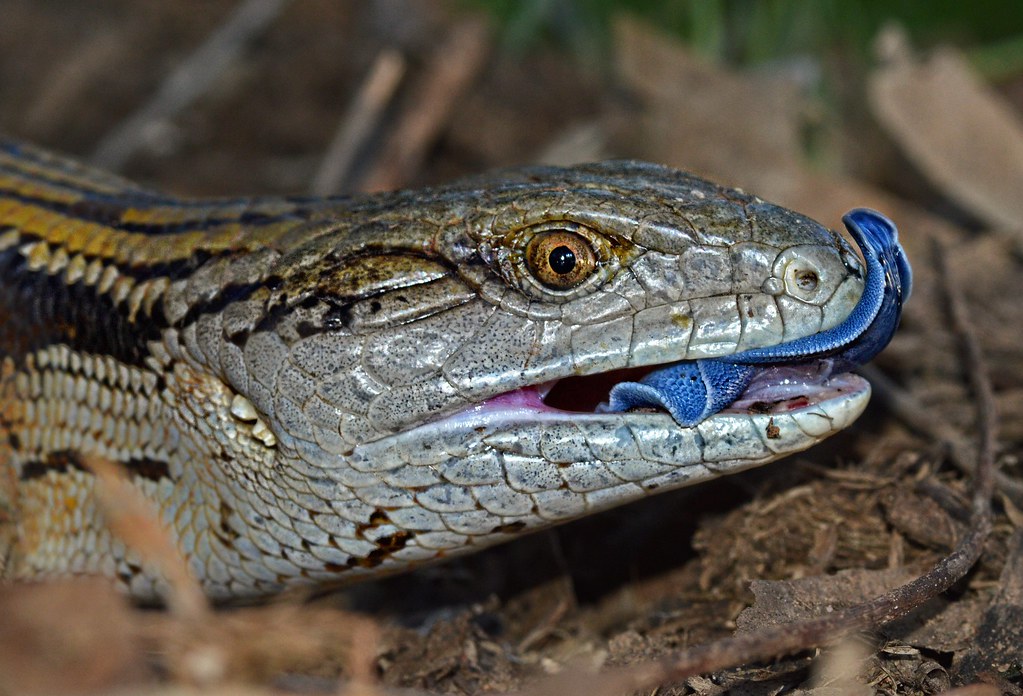
The scientific understanding of venomous lizards continues to evolve, with researchers actively investigating whether additional species might possess previously unrecognized venom-producing capabilities. Recent studies have examined saliva and oral gland secretions from various lizard families, including certain skinks and anguids, for evidence of toxic compounds that might function as primitive venoms. Advanced techniques like mass spectrometry, genomic analysis, and microscopic examination of specialized glands are enabling scientists to detect subtle venom systems that might have been overlooked by earlier research methods. Several species, including the blue-tongued skink (Tiliqua scincoides) and some alligator lizards (Gerrhonotus sp.), have shown preliminary evidence of oral toxins that may qualify as mild venoms, though their biological significance remains under investigation. These ongoing discoveries suggest that the boundary between venomous and non-venomous reptiles may be more of a spectrum than a clear division, with various degrees of toxicity evolving independently across different lizard lineages over millions of years of evolution.
Conclusion
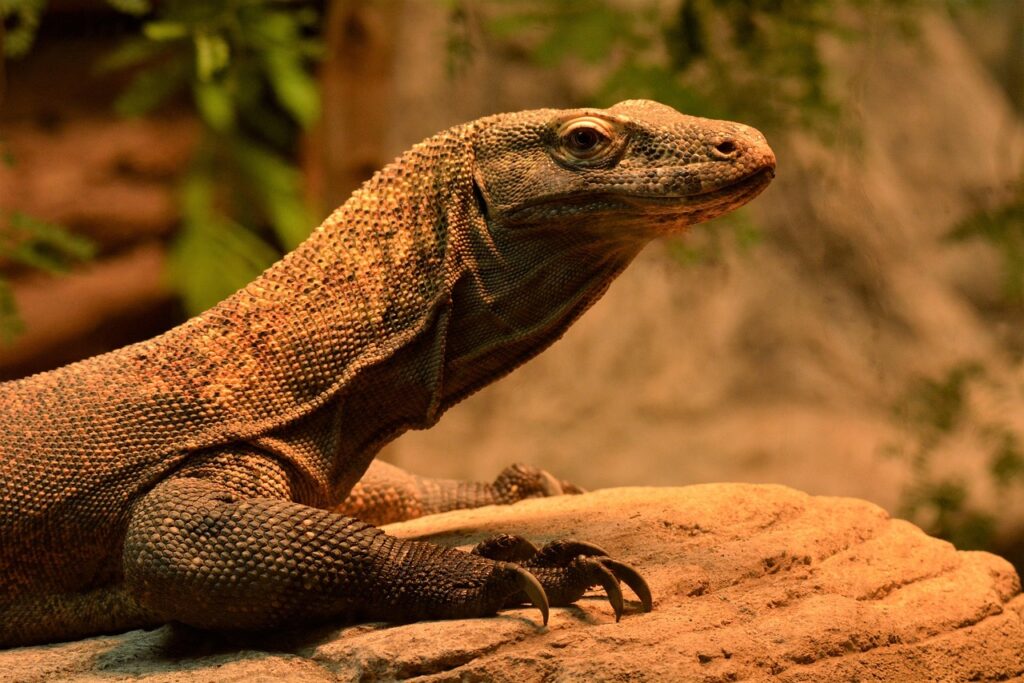
The world of venomous lizards represents one of nature’s most fascinating evolutionary experiments – rare but remarkable adaptations that have allowed these specialized reptiles to carve out unique ecological niches. From the iconic Gila monster of the American Southwest to the massive Komodo dragon of Indonesia, these animals command respect not only for their potentially dangerous capabilities but also for their biological significance and the medical treasures their venoms may contain. As scientific understanding continues to expand, revealing more species with toxic properties and unraveling the complex biochemistry of their venoms, our appreciation for these extraordinary creatures grows accordingly. Despite their fearsome reputations, these venomous lizards face greater threats from humans than we do from them, making conservation efforts critical to ensuring their survival. By respecting these remarkable reptiles from a distance and protecting their habitats, we preserve not only fascinating evolutionary legacies but also potential sources of lifesaving medicines for future generations.

